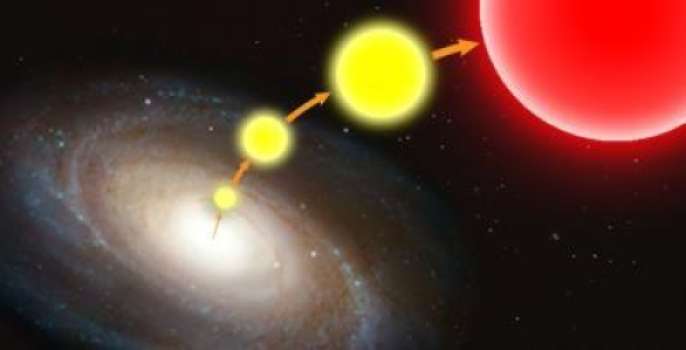At the heart of our Milky Way galaxy lies a black hole—a gravitational sink so strong that not even light, which travels at speeds of close to 300 000 km/s, can escape its pull. However, a recent study conducted by researchers at Vanderbilt University in Nashville, Tennessee observed a new class of hyper-velocity stars, that have a sun-like mass and are ejected from the black hole.
Hypervelocity stars, first described in 1988 by Jack Hills, a scientist at the Los Alamos National Laboratory, are solitary stars that move fast enough to escape the gravitational pull of the black hole at the heart of the Milky Way.
“These new hypervelocity stars are very different from the ones that have been discovered previously,” said graduate student Lauren Palladino in an interview withVanderbilt University. Palladino was the lead author of the study “Hypervelocity Star Candidates in the SEGUE G and K Dwarf Sample,” published in the Jan. 1 issue of the Astrophysical Journal and reported at the annual meeting of the American Astronomical Society in Washington, D.C.
Palladino is currently working under the direction of Vanderbilt assistant professor of astronomy Kelly Holley-Bockelmann.
According to the study, the stars move at speeds of close to 1.5 km/hr—fast enough to escape the gravitational grasp of the Milky Way. However, what makes this discovery interesting is that although hypervelocity stars have been previously identified, these newly identified stars possess significant differences in composition. The other hypervelocity stars are blue stars—young, hot, bright bodies—which originated at the galactic core, the composition of Palladino’s hypervelocity stars does not reflect a similar birth.
“The most commonly accepted mechanism for [kicking a star out of its galaxy] involves interacting with the supermassive black hole at the galactic core,” said Holley-Bockelmann in a press release. “That means when you trace the star back to its birthplace, it comes from the centre of our galaxy. None of these hypervelocity stars come from the centre, which implies that there is an unexpected new class of hypervelocity star, one with a different ejection mechanism.”
These stars are of significant scientific value because they may help elucidate the mechanism by which stars escape the gravitational force of galaxies. Additionally, dust clouds usually obscure the area where stars originate, making it difficult for scientists to study their formation. However, since these stars are ejected from that space, they offer a window and shed some light on the process.
“The big question is ‘What boosted these stars up to such extreme velocities?’” said Holley-Bockelmann. “We are working on that now.”








